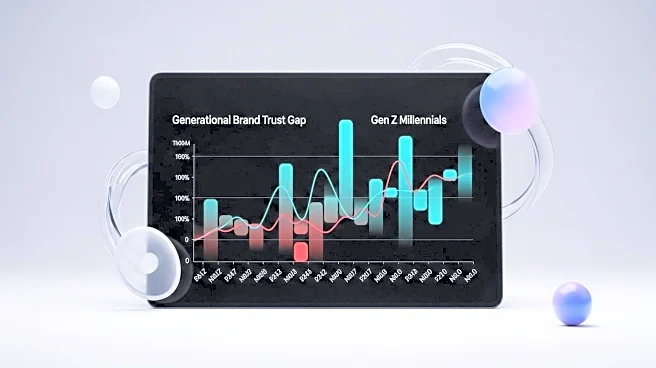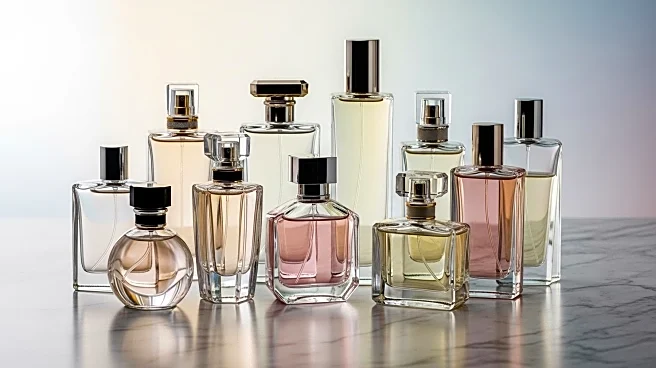What's Happening?
Ingredient suppliers in the cosmetics industry are shifting their marketing strategies to focus on generational insights rather than traditional technical data and product lists. This change is driven
by the need to stand out in a saturated market by positioning themselves as educators who help brands understand their target audiences. Suppliers are now tailoring their marketing efforts to address the specific values and preferences of different generational groups, such as Gen Z, Millennials, Gen X, and Baby Boomers. For instance, Gen Z consumers prioritize transparency, ethical sourcing, and sustainability, often discovering brands on platforms like TikTok before visiting stores. Suppliers are encouraged to market their eco-friendly ingredients with stories that resonate with Gen Z values, such as cruelty-free and climate-positive claims. Similarly, Millennials seek multifunctional products that align with their lifestyle, while Gen X values performance and visible results. Baby Boomers, representing a significant spending group, desire luxury and effective solutions that enhance their appearance.
Why It's Important?
This shift in marketing strategy is crucial for ingredient suppliers aiming to maintain relevance and competitiveness in the cosmetics industry. By focusing on generational insights, suppliers can better support brands in connecting authentically with their target audiences, ultimately driving consumer trust and loyalty. This approach not only helps brands tailor their products to meet the specific needs and preferences of different age groups but also positions suppliers as valuable partners in innovation. As the cosmetics market continues to evolve, suppliers who provide trend intelligence and compelling consumer stories will likely see increased demand for their ingredients. This strategy also reflects broader industry trends towards personalization and consumer-centric marketing, which are essential for capturing market share in a competitive landscape.
What's Next?
As suppliers continue to embrace generational insights, they may further refine their marketing strategies to include more personalized and targeted content for each demographic group. This could involve developing new formulation concepts that address specific wellness benefits or performance metrics desired by different generations. Additionally, suppliers might invest in research and development to create innovative ingredients that align with emerging consumer trends. Brands, in turn, may leverage these insights to enhance their product offerings and marketing campaigns, potentially leading to increased sales and market penetration. The ongoing collaboration between suppliers and brands will likely result in more effective and engaging marketing strategies that resonate with consumers across all age groups.
Beyond the Headlines
The emphasis on generational insights in marketing strategies highlights the growing importance of understanding consumer behavior and preferences in the cosmetics industry. This approach not only benefits suppliers and brands but also reflects broader societal shifts towards inclusivity and diversity. By acknowledging the unique needs of different age groups, the industry can foster a more inclusive environment that celebrates diversity in beauty standards and consumer choices. Furthermore, this trend may encourage other sectors to adopt similar strategies, promoting a more consumer-centric approach across various industries.











